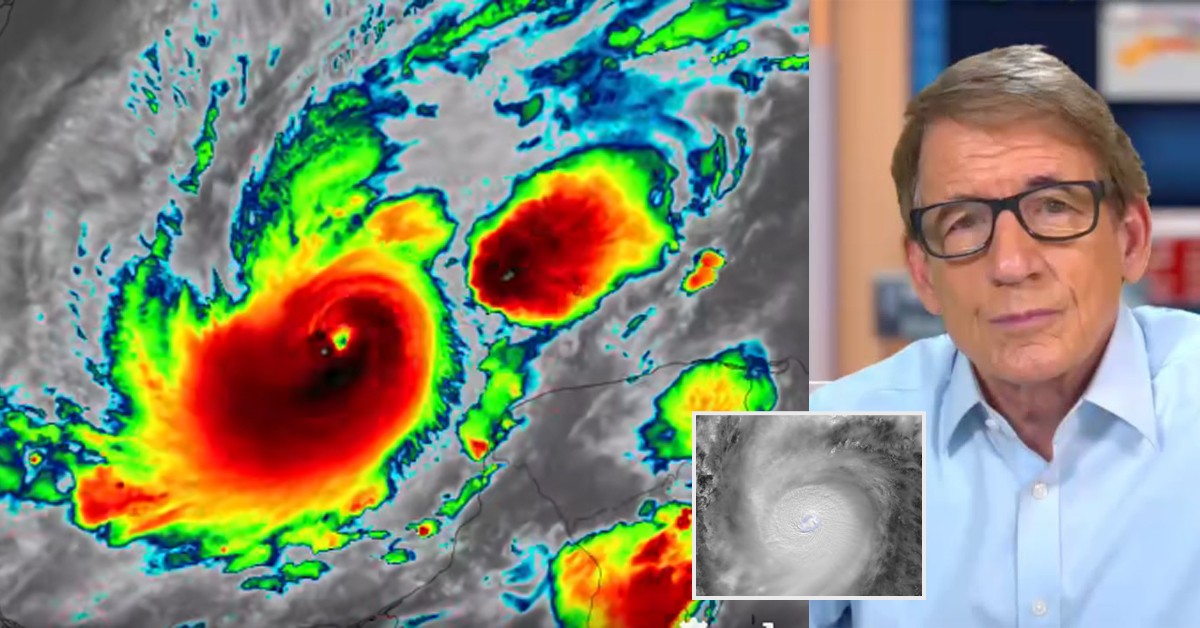"It started out slow and the water just came up. I'm used to living on the water. It just came and it just kept coming," Matt Heller said on September 26, after Helene caused rising sea levels and flooded his Tampa Bay home.

A video Heller posted to social media shows him paddling his purple kayak indoors, surrounded by household items. "I had an escape plan in case things got worse. I have two kayaks, but I didn't expect to be paddling in the middle of my living room," he said.
Heller describes himself as a "typical Floridian" who has experienced many floods in his life. However, he said this was "the biggest flood yet." Helene made landfall in northwest Florida on the evening of September 26, bringing strong winds and heavy rain. The storm caused water levels at all five tide gauges in the Tampa Bay area to rise to unprecedented levels on the night of September 26, with the lowest level measured at 1.67 m in St. Petersburg and the highest at 1.92 m in Clearwater Beach.

Helene made landfall in the Big Bend area of northwest Florida at 11:10 p.m. on September 26 (10:10 a.m. on September 27, Hanoi time), as a Category 4 storm on the US 5-level hurricane scale. About two hours later, the storm downgraded to a Category 2 storm with winds of 175 km/h. Six US states including Florida, Georgia, North Carolina, South Carolina, Alabama, and Virginia have declared a state of emergency.
The storm has now weakened to a Category 1 storm with winds of 110 km/h as it moves through Georgia. Officials warn that the storm remains very dangerous, with the risk of "unprecedented flooding in a century" and landslides.

